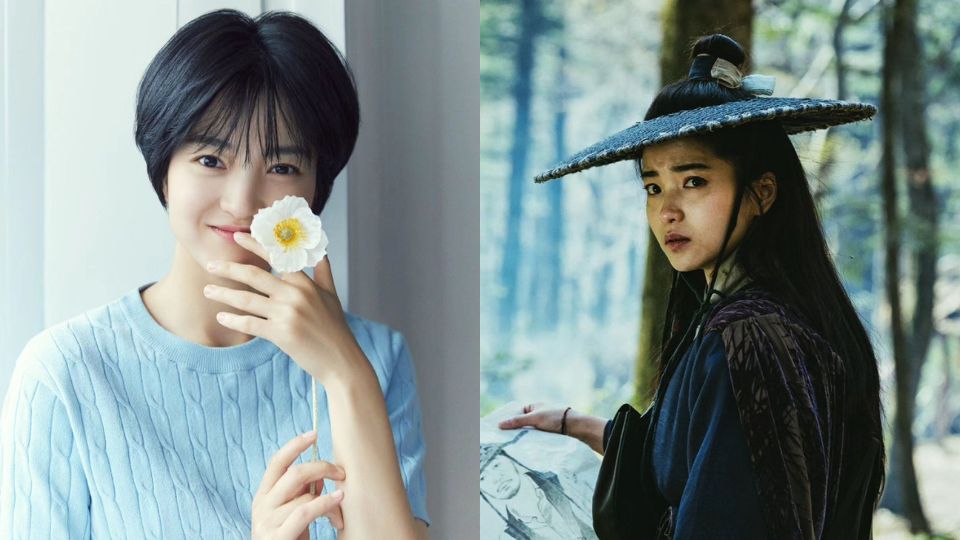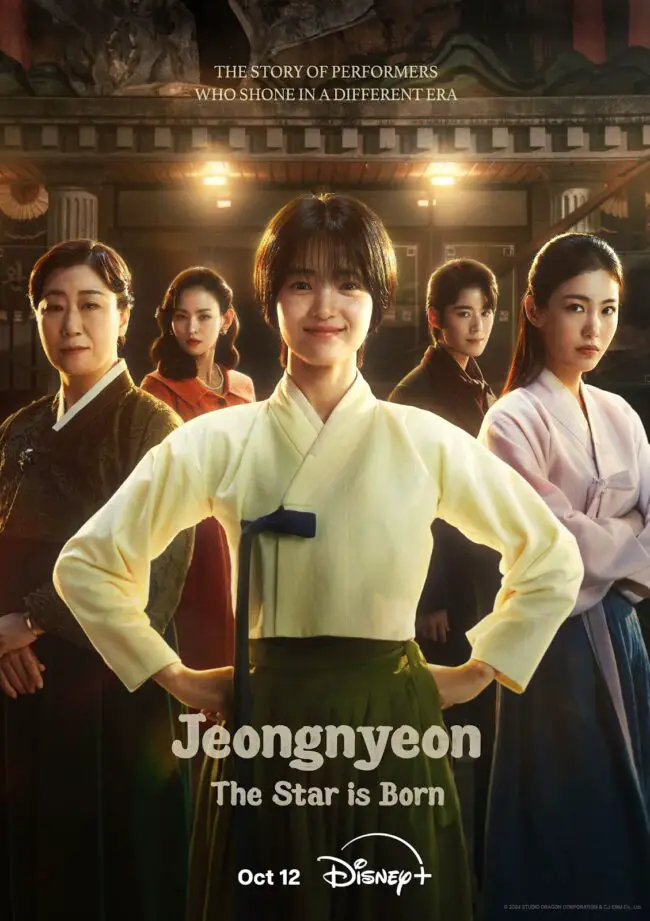Viewers are captivated by tvN’s “Jeong Nyeon” (also known as “Jeongnyeon: The Star is Born”), which revives the golden age of women’s Gukgeuk, a 1950s Korean musical theater genre featuring female performers in all roles. Set in the post-Korean War 1950s, the drama follows Yoon Jeong-nyeon (Kim Tae-ri) as she strives to become the leading actress of the Maeran Gukgeukdan troupe. The drama has gained popularity, starting with 4.8% ratings and rising to 13.4% by episode 6. Its play-within-a-play format immerses viewers in the vibrant world of Gukgeuk.

Episodes 3 and 6 feature the “Chunhyangjeon” and “Jameonggo” performances, with the actors’ captivating singing, dancing, acting, costumes, and stage design. The production team devoted one-third of the runtime to “Chunhyangjeon,” with Kim Tae-ri and Shin Ye-eun spending over 20 minutes on screen. The “Jameonggo” performance, depicting a tragic love story, aired for over 15 minutes. “Jeong Nyeon” highlights Yoon Jeong-nyeon’s journey as a Gukgeuk prodigy, exploring the characters’ competitive and collaborative dynamics. The actors’ dedication is key, with Kim Tae-ri and Shin Ye-eun training their voices for years.
The Expert Who Made Kim Tae-ri into a Gukgeuk Actress
The direction of the Gukgeuk performances, distinct from the main storyline, was crucial. The production team brought in sound director Kwon Song-hee, choreography director Lee Eisul, and performance artist Park Min-hee to enhance the authenticity and quality of the performances.
Kwon Song-hee, who guided Kim Tae-ri and others from 2021 onwards, is a graduate of Hanyang University’s Department of Korean Traditional Music and has completed a Ph.D. program in music at Seoul National University. She is well-known for her work as a vocalist in the band “Ihlatchi”, which blends pansori with modern pop music.

Rehearsal periods varied by role, with some taking up to three years. Preparation could last from 3 months to over a year. After the music was composed, actors worked with their sound teacher to refine tone, breathing, and gestures, recording and perfecting their performance until it met the standard.
Help from Technology and Innovation
In addition to physical training, technical support like sound systems helped enhance performances, particularly where emotional expression was difficult through practice alone. The most recorded song was “Gunsaseolum” in episode 6, with Kim Tae-ri recording 2 versions and re-recording to intensify the emotion. Kwon Song-hee highlighted Kim Tae-ri’s passion and dedication to transforming into Yoon Jeong-nyeon.
Choreography and Movement Training
Choreography director Lee Eisul, a graduate of the Korean National University of Arts, brought the stunning dance movements to life. The actors trained up to 7-9 hours daily, with each actor’s training varying by role. Rehearsals were filmed and reviewed with Lee Eisul and director Jeong Ji-in to refine their movements. Lee Eisul praised the actors’ dedication, “Even when I thought they had mastered a move, they kept going until it was absolutely perfect.”
Stage Direction and Performance Design
Stage director Park Min-hee, a graduate of Seoul National University and performance artist, brought the Gukgeuk stages in Jeong Nyeon to life by breaking traditional norms and exploring new performance expressions. She collaborated closely with the production team to integrate the performances with the storyline. Filming the Gukgeuk stages took several days, with live performances filmed before an audience. Park Min-hee shared, “Even though it’s captured on screen, the stage gives the performance its power, and stepping on stage allows anyone to transform into someone else.”
Through these meticulous efforts, “Jeong Nyeon” has brought Gukgeuk to life in a way that resonates with viewers, showcasing the art form’s vitality and relevance in the modern era.
Source: Daum















